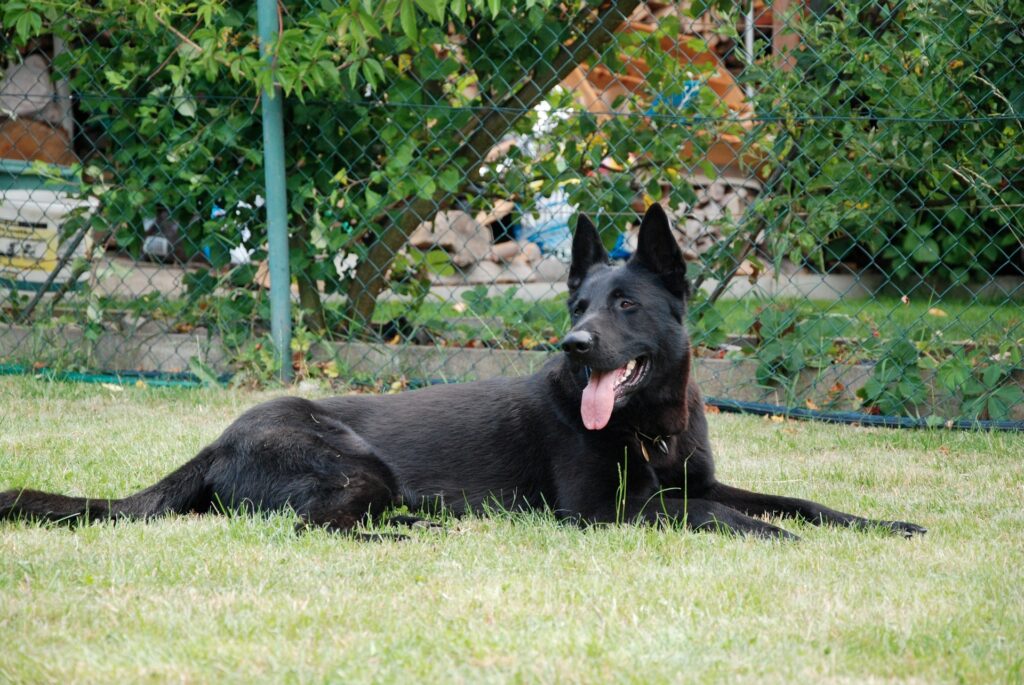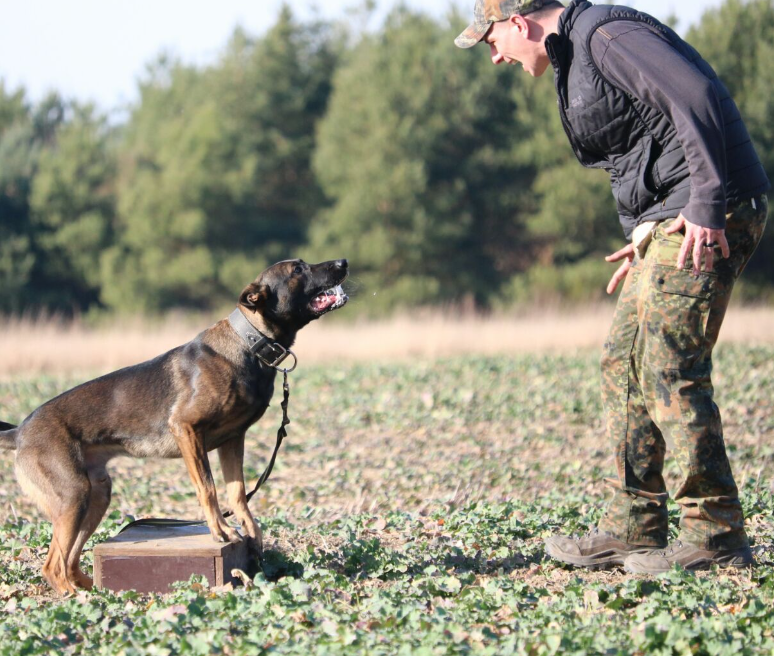
Introduction:
Living in a bustling city brings a unique set of challenges, especially when you have a furry friend by your side. Urban dog owners often find themselves juggling crowded sidewalks, noisy streets, and limited green spaces. However, with the right approach to training, you and your canine companion can thrive in the urban jungle. In this blog, we’ll explore effective strategies for urban dog training, helping you create a harmonious life with your pooch amidst the hustle and bustle of city living.
Mastering Basic Commands:
The foundation of any successful dog training program is mastering basic commands. In an urban environment, commands like “sit,” “stay,” and “come” become essential for your dog’s safety and well-being. With the constant flow of pedestrians, traffic, and distractions, a well-trained dog is not only a joy to be around but also a safer companion in the urban landscape.
Leash Etiquette:
Navigating busy streets and crowded sidewalks requires impeccable leash etiquette. Teach your dog to walk politely on a leash without pulling, lunging, or getting overly excited. This not only ensures a pleasant walking experience for both you and your pooch but also promotes a sense of calm in the midst of urban chaos.
Exposure to Urban Elements:
City life exposes dogs to various stimuli, from honking horns to loud sirens and bustling crowds. Gradually exposing your dog to these elements can help them become more comfortable and less anxious in urban settings. Consider taking short walks in different parts of the city, gradually increasing exposure to new sounds, smells, and environments.
Socialization Skills:
Urban dogs encounter a diverse array of people, animals, and situations. Proper socialization is crucial for preventing fear or aggression towards strangers, other dogs, or unusual urban occurrences. Attend dog-friendly events, visit dog parks, and arrange playdates to help your pooch build positive associations with different stimuli.
Crate Training for Urban Living:
In a city apartment, space can be limited, making crate training a valuable skill for your dog. A crate provides a safe and secure space for your pooch, especially when you’re not at home. Crate training helps prevent destructive behavior and gives your dog a sense of security in a potentially hectic urban environment.
Incorporating Mental Stimulation:
Urban living often means limited access to open spaces for off-leash play. To compensate for this, engage your dog’s mind through puzzle toys, interactive games, and obedience training sessions. Mental stimulation is key to preventing boredom and promoting a well-behaved urban companion.
Conclusion:
Urban dog training requires patience, consistency, and adaptability. By mastering basic commands, perfecting leash etiquette, exposing your pooch to urban elements, prioritizing socialization, embracing crate training, and incorporating mental stimulation, you can navigate city life with ease and foster a strong bond with your four-legged friend. With the right training, your urban pooch will not only be well-behaved but will also thrive in the dynamic and exciting environment of city living.


